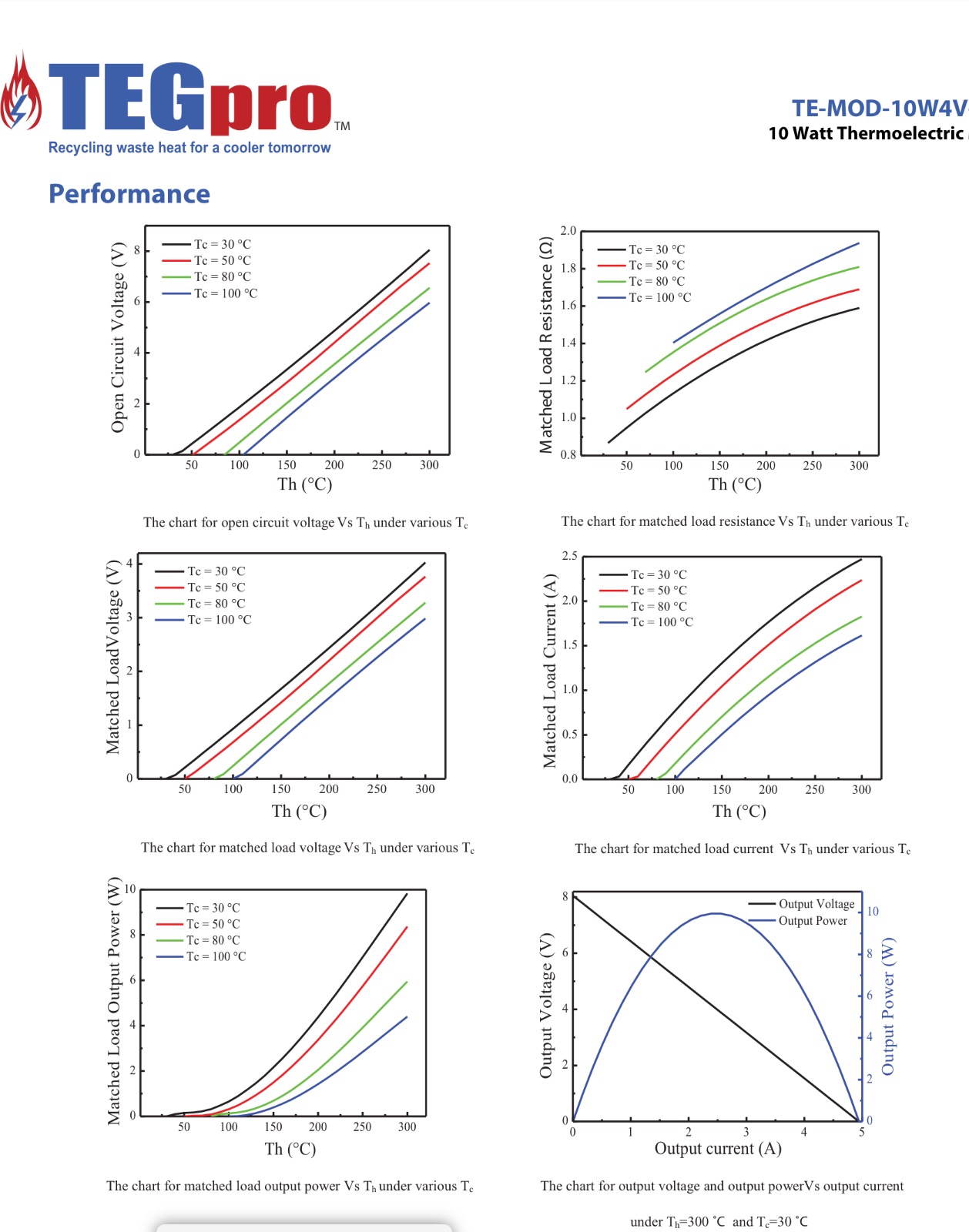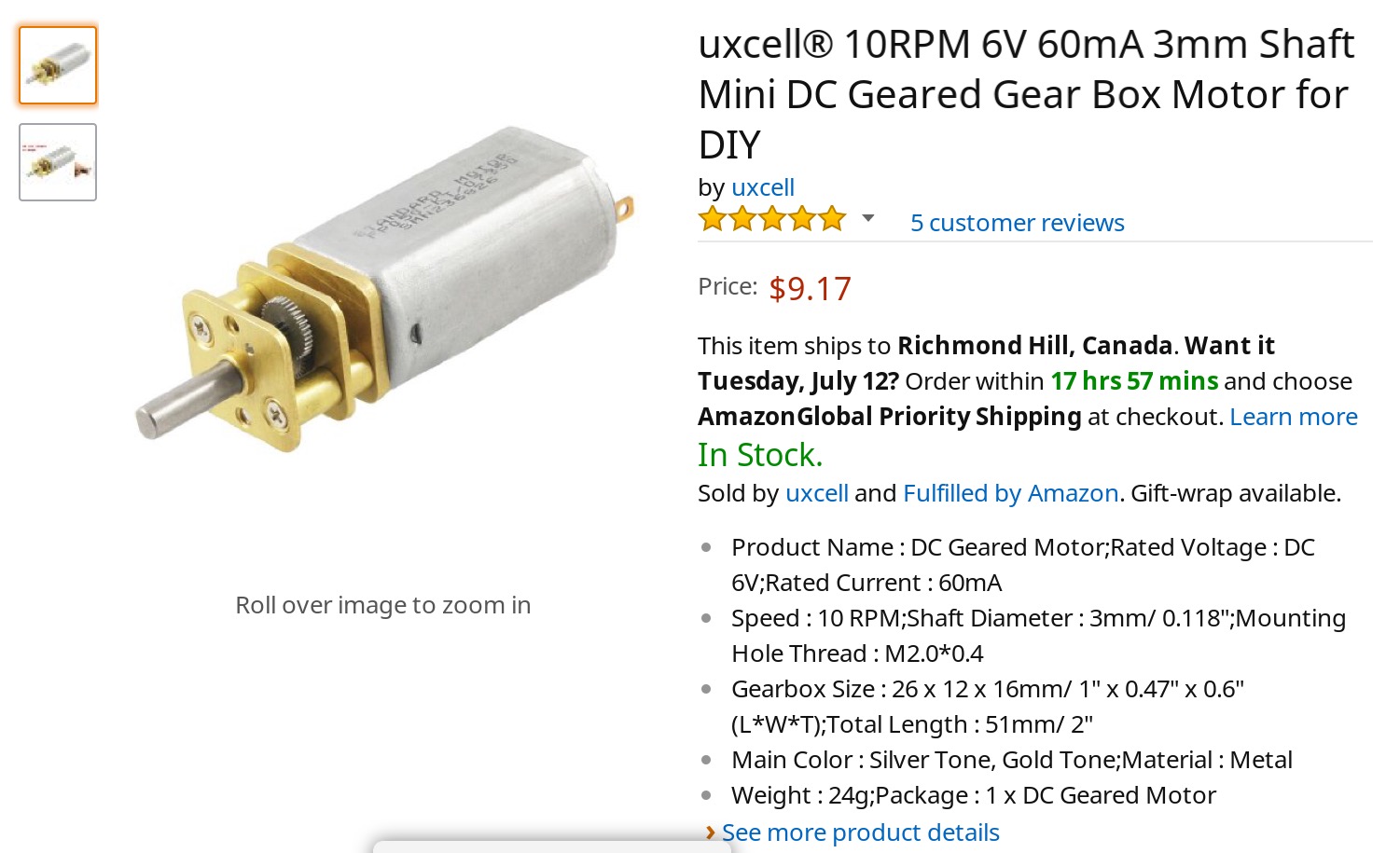It is not a good match to have a motor ( very high start current V/Rs ) to a tiny Seeback Effect device.
EVen though solar power is up to 1kW/m2 and most of it thermal , it could be a good heat source. with flat black painted aluminum insulated with styrafoam on bottom and enclosed to prevent convection cooling except cool part on ground underneath and device mounted to bottom exposed pad, which is solar heated on top and kept hot by reflective walls to concentrate more energy such as a satellite dish and device where LNA used to be. then aim at sun and use heat pipe and CPU heatsink to keep otherside cool with silicone insulation and water plumbing from CPU cooler to a tank
.
Calc max power ,define max temp,
compute area required for heat source and direction of sun...why do I feel like a skinny rat?
Is this just a science project? Define scope of project please.
EVen though solar power is up to 1kW/m2 and most of it thermal , it could be a good heat source. with flat black painted aluminum insulated with styrafoam on bottom and enclosed to prevent convection cooling except cool part on ground underneath and device mounted to bottom exposed pad, which is solar heated on top and kept hot by reflective walls to concentrate more energy such as a satellite dish and device where LNA used to be. then aim at sun and use heat pipe and CPU heatsink to keep otherside cool with silicone insulation and water plumbing from CPU cooler to a tank
.
Calc max power ,define max temp,
compute area required for heat source and direction of sun...why do I feel like a skinny rat?
Is this just a science project? Define scope of project please.



